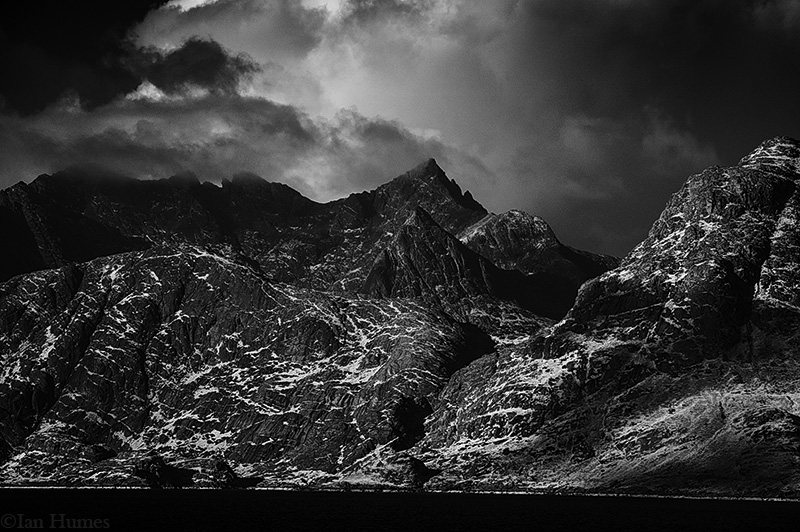by Cath and Ian Humes
Canon 1DS Mk1 Infrared Conversion, 70-200mm f2.8L IS at f8 at 1/100, ISO 400, Raw, 16:58 October 17th
This is the tricky one. Skill, talent, ability, call it what you will, it takes time to learn and even more time to improve. To become “Skilled” requires practice, perseverance and patience and you need to be self-critical. Not the, “Oh I’m useless I should give it up.” variety, the tenacious type that says, “I could have done better, I will do next time!”.
Work out what does and doesn’t work, and if possible, why. It is easier (less painful and less expensive) to learn from other people mistakes. Take time to look through some online galleries/forums and see how other people haven’t quite got it right. See what does and doesn’t work and learn from their mistakes. However, part of this process is being aware of your own failings too, accepting you did something wrong and working out how not to do it again.
When I first started out as an amateur in the 1980’s I was shooting 35mm film negatives. I would drop off an exposed roll, wait a few days for it to be sent away, get developed and come back. Then I would pick up the 6×4 prints and negatives and get a new 35mm roll included as part of the developing costs (excellent marketing). This was one of the upsides of using film, I had time to separate from the experience of taking the image. I didn’t get to see what had been captured till a week later and the “experience” of shooting the image was in the past; it was part of memory now.
Today you can see it immediately and work on it within minutes; it’s still current and is therefore compared to the “live” experience. I like to wait a while before working on new images, just to give me some separation from the live experience. Back in the film days there was always the thrill of flicking through your 36 images, seeing which were good, bad and ugly. Did you have the dreaded developer’s sticker attached to a picture telling you why it was your fault, not the developer’s, that this image wasn’t good enough? One of the best ways of improving as a photographer lay in these bad photographs. Today, we just delete them as soon as we take them and we are missing a trick.
Failing to work out what is wrong with our images means we are failing to work out what we as photographers are doing wrong. When you had a hard 6×4 print you took a moment to look at it. Then, if you wanted to improve, you looked harder and worked out what had gone wrong, or more accurately what you had done wrong. So I made stacks of bad photographs and by this I mean I put them in stacks. This picture is very dark (flash didn’t fire/wrong sync speed), in this one my wristwatch was too heavy (sloping horizon), this is a picture of the tail of a squirrel (it moved), one of a very small bird in a big sky (too far away/wrong lens). Then I started putting all the photos (even the good ones) into a stack.
The reason I tried to file the good ones, as well as the bad ones, was because I was critiquing my work and that meant spending time really looking at the images. We all have our bad habits, if we aren’t aware of them then how can we fix them. If you always do what you have always done, you will always get what you have always got.
After a while the stacks would settle down and I would have a clear leader; something I did wrong more often than everything else. I would look through the biggest stack and then spend a month where I focussed on not doing that one thing. Every shot I would be checking my posture working on my technique to offset that heavy wristwatch. Next month I would work on the next highest stacks, so on and so forth until developer’s stickers stopped happening. This process taught me two things; how to stop doing the same stupid thing over and over again and how to look at images. It stopped the “wishful seeing” and replaced it with honest observation.
When I looked at an image I looked at it and saw what was and, just as importantly, was not there. This also influenced the moment of capture, I became more aware of what’s really in the frame rather than what I wished was there. Be aware, if you use this technique it will change the way you take photographs and how you view images. The bad news is that your top ten personal photographs will change; the good news is that you will be a better photographer because of it.
All Images Copyright © 2015 Cath and Ian Humes. All rights reserved.
